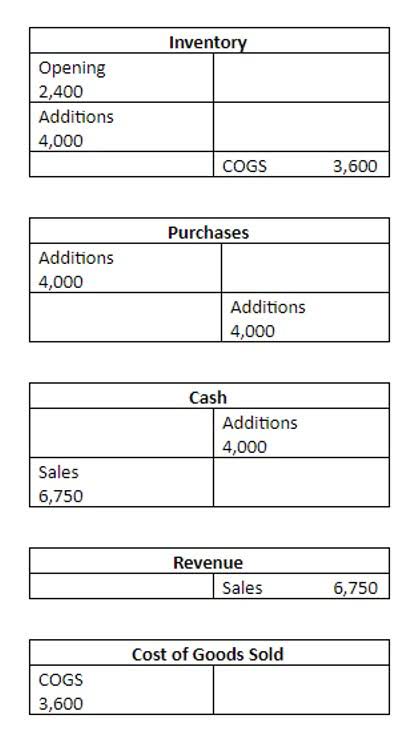
It comprises all sources of income and spending, taxes, and interest payments. The statement of comprehensive income displays both net income details and other comprehensive income details. It is appreciated for its more comprehensive view of a company’s profitability picture for a particular period.
Comprehensive income excludes owner-caused changes in equity, such as the sale of stock or purchase of Treasury shares. A financial professional will offer guidance based on the information provided and offer a no-obligation call to better understand your situation. The articles and research support materials available on this site are educational comprehensive income statement and are not intended to be investment or tax advice. All such information is provided solely for convenience purposes only and all users thereof should be guided accordingly. Income statements are generally used to serve as a reporting metric for various stakeholders. Examples of gains are proceeds from the disposal of assets, and interest income.
4 Presenting comprehensive income
But if there’s a large unrealized gain or loss embedded in the assets or liabilities of a company, it could affect the future viability of the company drastically. Since it includes net income and unrealized income and losses, it provides the big picture of a company’s value. Income statements provide a summary of the performance of a company during a specific accounting period and are useful for various stakeholders like management, investors, lenders, and creditors. Non-operating expenses are the costs from activities not related to a company’s core business operations. Items recorded on the balance sheet at historical cost rarely reflect the actual value of the assets. Since the company hasn’t sold these items and earned additional revenue from them, we can’t record additional income on the balance sheet and must keep the value listed at the purchase price.
Although financial statements provide a wealth of information on a company, they do have limitations. The statements are open to interpretation, and as a result, investors often draw vastly different conclusions about a company’s financial performance. Revenue realized through secondary, noncore business activities is often referred to as nonoperating, recurring revenue.
Example of a Cash Flow Statement
Financial statements are often audited by government agencies, accountants, firms, etc. to ensure accuracy and for tax, financing, or investing purposes. For-profit primary financial statements include the balance sheet, income statement, statement of cash flow, and statement of changes in equity. Nonprofit entities use a similar but different set of financial statements. An often less utilized financial statement, a statement of comprehensive income summarizes standard net income while also incorporating changes in other comprehensive income (OCI).

Net income is arrived at by subtracting cost of goods sold, general expenses, taxes, and interest from total revenue. This represents the profit that a company has earned for the period, after taking into account all expenses. Interest expenses are expenses incurred by a business for borrowed funds.
Multi-Step Income Statement
These are all expenses linked to noncore business activities, like interest paid on loan money. Understanding the Statement of Comprehensive Income is essential for financial analysis but should be used in conjunction with other financial statements for a complete view of an organization’s financial health. OCI consists of revenues, expenses, gains, and losses that a firm recognizes but which are excluded from net income. Other comprehensive Income (OCI), which tracks unrealized and realized profits and losses from specific transactions, is accumulated in other total Income (AOCI).



